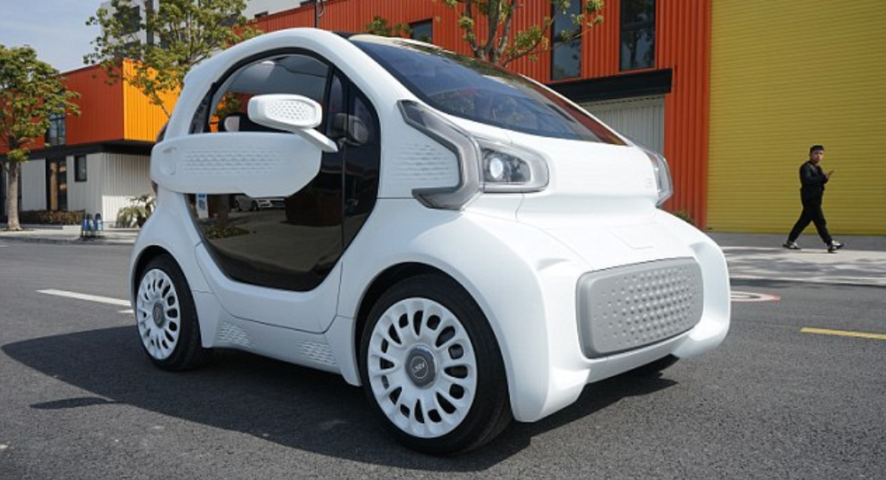LSEV, the first 100% electric 3D-printed car

The first mass-produced 3D-printed car is on the verge of entering the market. Christened LSEV, it is the fruit of a partnership between Italian manufacturer XEV and Chinese company Polymaker and should go on sale by mid-2019.
Although almost nothing is known about the vehicle, 7,000 orders have already been placed in Europe according to its manufacturers. Businesses and postal services have apparently been seduced by this micro city car which, aesthetically, is halfway between the Twizy and the Smart.
A 100% electric car that is lighter and requires fewer materials
What we do know is that the entirely electric prototype of the vehicle has an autonomy of 150 kilometres and a top speed of 70 km/h. The body, created using 3D printers, only weighs 450 kg and is made up of just 57 polymer parts, whereas “traditional” cars usually have around 2,000.
A 100% eco-friendly car using innovative materials
By reducing the number of parts and manufacturing cars that are twice as light as other cars, 3D-printing can reduce the environmental impact of automobile production. Additionally, additive manufacturing radically reduces the amount of waste. The materials used to manufacture the prototype mainly include nylon as well as PLA and TPU, a thermoplastic polyurethane. Only a portion of the engine, the chassis, the windows and the tires were made using traditional techniques.
Until we will finally see it on the road, the LSEV, which was made in only three days, is on show at the Shanghai Museum of 3D culture and will be presented at the Beijing Auto Show.





